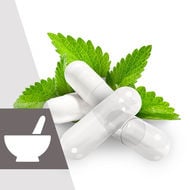
Ayahuasca myths and facts: Separating truth from fiction
Ayahuasca is a powerful psychedelic brew originating in the jungles of South America. Given its mystical reputation, there’s a lot of disinformation surrounding this concoction.
This article attempts to cut through the noise and offer a clearer understanding of ayahuasca. We’ll debunk the most common myths, explain what this powerful brew really does, and explore how to approach it with clarity and respect.
What is ayahuasca?
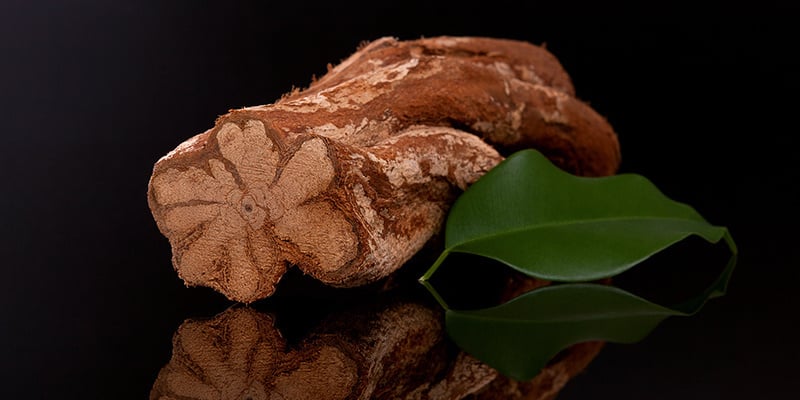
Ayahuasca is a psychoactive brew that Indigenous communities in the Amazon have used for centuries. It combines two key plants: the Banisteriopsis caapi vine and the Psychotria viridis leaf. Together, they create a chemical interaction that allows DMT (N,N-dimethyltryptamine) to become orally active.
Shamans traditionally use ayahuasca for healing, spiritual guidance, and connecting with non-ordinary realms. These ceremonies often involve singing, rituals, and strict dietary preparation. Over the past few decades, people outside the Amazon have embraced ayahuasca, seeking mystical insight, emotional healing, or personal growth.
Many modern retreat centres now offer guided experiences, many of which are marked as therapeutic. While early research hints at possible mental health benefits, we must avoid framing ayahuasca as a cure or medical treatment. It’s a potent substance with real risks and complex cultural roots. What’s more, its ability to heal or harm has as much to do with the context in which it’s taken as it does with the drug itself.
Ayahuasca myths and facts: Separating truth from fiction

Now, let’s tackle five of the most common myths about ayahuasca.
Myth #1: Ayahuasca is a recreational drug
Fact: Ayahuasca will cause a profound and overwhelming experience.
Unlike recreational drugs used for fun or escape, ayahuasca induces intense, challenging experiences. Far from escaping your consciousness, you’ll be shown yourself in extraordinary detail. Many people vomit, cry, or confront buried trauma during ceremonies. The brew doesn’t guarantee euphoria—it demands presence and often brings discomfort before clarity.
Traditional cultures treat ayahuasca as sacred medicine. They use it for diagnosis, divination, and spiritual connection. They do not use it as entertainment. Retreat centres that honour these traditions offer safe, supportive settings that help people engage with the experience intentionally.
With that said, you can still enjoy an ayahuasca experience. But it’s not fun in the sense that some other drugs may be. And if you approach it expecting a lighthearted experience, you may be in for a surprise.
Myth #2: Ayahuasca is completely safe for everyone
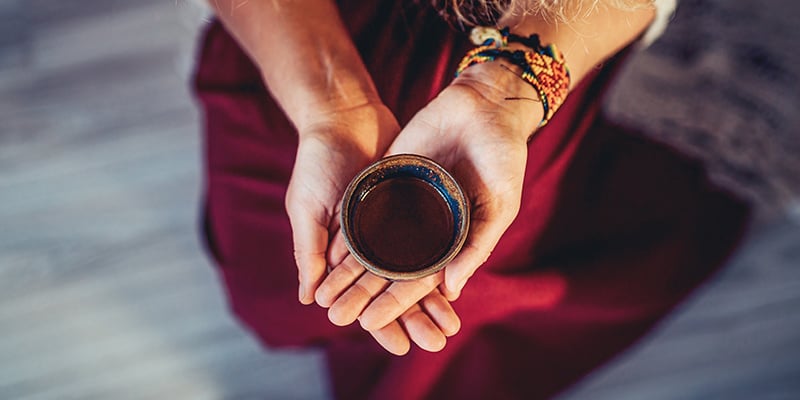
Fact: Ayahuasca isn’t safe for everyone. When used irresponsibly, it can cause serious harm.
The combination of DMT and MAOIs affects the body in complex ways. For people with heart problems, schizophrenia, or those on certain medications (especially SSRIs), the risks rise sharply.
In rare but real cases, ayahuasca has triggered hospitalisations and even death. MAOIs can be quite dangerous as they inhibit certain enzymes that help the body break down substances—making otherwise harmless foods or medications potentially dangerous.
Not all retreats screen participants thoroughly, which increases the danger. Ethical facilitators always ask about medical history, mental health, and current medications, and, depending on the results, advise some people not to participate.
If you're considering ayahuasca, take these precautions seriously.
Myth #3: Ayahuasca always leads to life-changing experiences
Fact: Some people walk away with deep insights—others leave confused, overwhelmed, or disappointed.
Ayahuasca can catalyse profound transformation, but it doesn’t guarantee it. You might experience visions, emotional breakthroughs, or a sense of cosmic connection—or you might face fear, nausea, or disorientation without clear meaning.
What you gain from the experience depends on your mindset, preparation, physical condition, and support system. More importantly, what you do after the ceremony matters greatly. Integration, the process of making sense of the experience in your daily life, often determines whether insights lead to lasting change.
Ayahuasca can open a door, but you still need to walk through it. There’s a misunderstanding that psychedelics generally all work some kind of transformative magic. They absolutely can help, but the context needs to be right. Psychedelic experiences in the wrong context can be extremely destabilising and may leave individuals confused or emotionally unsettled.
Myth #4: Ayahuasca is illegal everywhere
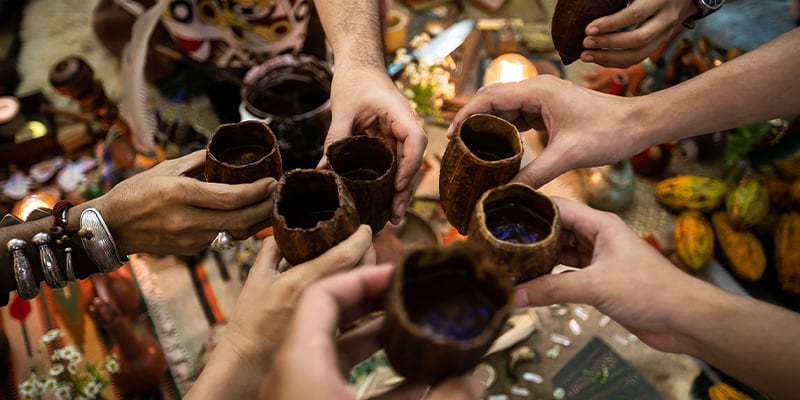
Fact: Ayahuasca’s legal status varies and remains ambiguous in many countries.
In Brazil and Peru, people can legally use ayahuasca in religious or traditional contexts. In the United States, courts have granted specific religious groups the right to use it. In most of Europe, including the UK, DMT is a controlled substance—making ayahuasca technically illegal.
However, enforcement varies, and some retreat centres operate in legal grey zones. If you plan to attend a ceremony, check both local laws and the centre’s compliance with them. Organisations like ICEERS provide legal guidance and up-to-date country-by-country information.
Don’t make assumptions about the legality of ayahuasca. Do your research so that you are fully aware beforehand. The last thing you want to be preoccupied with during your experience is whether you’re going to face legal problems.
Myth #5: Ayahuasca is a cure for mental health disorders
Fact: No medical authority recognises ayahuasca as a treatment for mental illness.
Some researchers have studied ayahuasca’s potential to reduce symptoms of depression, PTSD, and addiction. The results show promise—but they’re still early, and no government or medical institution has approved the brew as a treatment (Palhano-Fontes et al., 2019).
Plenty of people report emotional healing through ayahuasca. Others, though, experience worsened anxiety, confusion, or destabilisation. In vulnerable individuals, the intense psychological effects can trigger or deepen mental health issues.
Ethical facilitators never promise cures. Instead, they frame ayahuasca as a tool that might support growth when used responsibly, and only as part of a broader therapeutic or spiritual framework.
Moving forward: Understanding ayahuasca with clarity
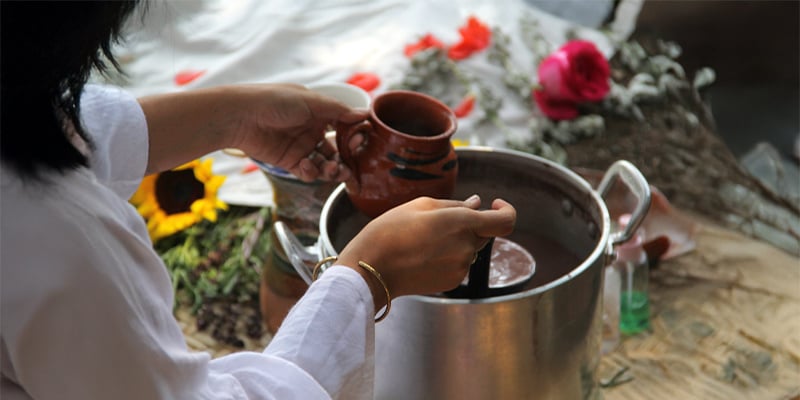
Ayahuasca isn’t a miracle cure, a trendy drug, or a spiritual fast-track. It’s a potent psychedelic that has long been used as a sacred brew with deep roots in Indigenous tradition, carrying immense power when approached with respect, care, and humility.
If you’re thinking about working with ayahuasca:
- Do your homework: Learn about the plants, the culture, and the risks.
- Choose the right setting: Seek out trained facilitators, clear medical protocols, and strong ethical values.
- Prepare your body and mind: Follow recommended dietary and mental guidelines before the ceremony.
- Integrate afterward: Journal, reflect, speak with a therapist, and give yourself space to process.
Ayahuasca can help people see themselves and the world in new ways, but only when approached with intention and responsibility. Respect the brew, honour its origins, and remember: the journey only begins with the visions.
Ayahuasca is a powerful psychedelic brew originating in the jungles of South America. Given its mystical reputation, there’s a lot of disinformation surrounding this concoction.
This article attempts to cut through the noise and offer a clearer understanding of ayahuasca. We’ll debunk the most common myths, explain what this powerful brew really does, and explore how to approach it with clarity and respect.
Smartshop
Visit the Zamnesia Smartshop for everything from natural psychedelics like salvia, to herbs, energisers, and aphrodisiacs.
What is ayahuasca?

Ayahuasca is a psychoactive brew that Indigenous communities in the Amazon have used for centuries. It combines two key plants: the Banisteriopsis caapi vine and the Psychotria viridis leaf. Together, they create a chemical interaction that allows DMT (N,N-dimethyltryptamine) to become orally active.
Shamans traditionally use ayahuasca for healing, spiritual guidance, and connecting with non-ordinary realms. These ceremonies often involve singing, rituals, and strict dietary preparation. Over the past few decades, people outside the Amazon have embraced ayahuasca, seeking mystical insight, emotional healing, or personal growth.
Many modern retreat centres now offer guided experiences, many of which are marked as therapeutic. While early research hints at possible mental health benefits, we must avoid framing ayahuasca as a cure or medical treatment. It’s a potent substance with real risks and complex cultural roots. What’s more, its ability to heal or harm has as much to do with the context in which it’s taken as it does with the drug itself.
Ayahuasca myths and facts: Separating truth from fiction

Now, let’s tackle five of the most common myths about ayahuasca.
Myth #1: Ayahuasca is a recreational drug
Fact: Ayahuasca will cause a profound and overwhelming experience.
Unlike recreational drugs used for fun or escape, ayahuasca induces intense, challenging experiences. Far from escaping your consciousness, you’ll be shown yourself in extraordinary detail. Many people vomit, cry, or confront buried trauma during ceremonies. The brew doesn’t guarantee euphoria—it demands presence and often brings discomfort before clarity.
Traditional cultures treat ayahuasca as sacred medicine. They use it for diagnosis, divination, and spiritual connection. They do not use it as entertainment. Retreat centres that honour these traditions offer safe, supportive settings that help people engage with the experience intentionally.
With that said, you can still enjoy an ayahuasca experience. But it’s not fun in the sense that some other drugs may be. And if you approach it expecting a lighthearted experience, you may be in for a surprise.
Myth #2: Ayahuasca is completely safe for everyone

Fact: Ayahuasca isn’t safe for everyone. When used irresponsibly, it can cause serious harm.
The combination of DMT and MAOIs affects the body in complex ways. For people with heart problems, schizophrenia, or those on certain medications (especially SSRIs), the risks rise sharply.
In rare but real cases, ayahuasca has triggered hospitalisations and even death. MAOIs can be quite dangerous as they inhibit certain enzymes that help the body break down substances—making otherwise harmless foods or medications potentially dangerous.
Not all retreats screen participants thoroughly, which increases the danger. Ethical facilitators always ask about medical history, mental health, and current medications, and, depending on the results, advise some people not to participate.
If you're considering ayahuasca, take these precautions seriously.
Myth #3: Ayahuasca always leads to life-changing experiences
Fact: Some people walk away with deep insights—others leave confused, overwhelmed, or disappointed.
Ayahuasca can catalyse profound transformation, but it doesn’t guarantee it. You might experience visions, emotional breakthroughs, or a sense of cosmic connection—or you might face fear, nausea, or disorientation without clear meaning.
What you gain from the experience depends on your mindset, preparation, physical condition, and support system. More importantly, what you do after the ceremony matters greatly. Integration, the process of making sense of the experience in your daily life, often determines whether insights lead to lasting change.
Ayahuasca can open a door, but you still need to walk through it. There’s a misunderstanding that psychedelics generally all work some kind of transformative magic. They absolutely can help, but the context needs to be right. Psychedelic experiences in the wrong context can be extremely destabilising and may leave individuals confused or emotionally unsettled.
Myth #4: Ayahuasca is illegal everywhere

Fact: Ayahuasca’s legal status varies and remains ambiguous in many countries.
In Brazil and Peru, people can legally use ayahuasca in religious or traditional contexts. In the United States, courts have granted specific religious groups the right to use it. In most of Europe, including the UK, DMT is a controlled substance—making ayahuasca technically illegal.
However, enforcement varies, and some retreat centres operate in legal grey zones. If you plan to attend a ceremony, check both local laws and the centre’s compliance with them. Organisations like ICEERS provide legal guidance and up-to-date country-by-country information.
Don’t make assumptions about the legality of ayahuasca. Do your research so that you are fully aware beforehand. The last thing you want to be preoccupied with during your experience is whether you’re going to face legal problems.
Myth #5: Ayahuasca is a cure for mental health disorders
Fact: No medical authority recognises ayahuasca as a treatment for mental illness.
Some researchers have studied ayahuasca’s potential to reduce symptoms of depression, PTSD, and addiction. The results show promise—but they’re still early, and no government or medical institution has approved the brew as a treatment (Palhano-Fontes et al., 2019).
Plenty of people report emotional healing through ayahuasca. Others, though, experience worsened anxiety, confusion, or destabilisation. In vulnerable individuals, the intense psychological effects can trigger or deepen mental health issues.
Ethical facilitators never promise cures. Instead, they frame ayahuasca as a tool that might support growth when used responsibly, and only as part of a broader therapeutic or spiritual framework.
Moving forward: Understanding ayahuasca with clarity

Ayahuasca isn’t a miracle cure, a trendy drug, or a spiritual fast-track. It’s a potent psychedelic that has long been used as a sacred brew with deep roots in Indigenous tradition, carrying immense power when approached with respect, care, and humility.
If you’re thinking about working with ayahuasca:
- Do your homework: Learn about the plants, the culture, and the risks.
- Choose the right setting: Seek out trained facilitators, clear medical protocols, and strong ethical values.
- Prepare your body and mind: Follow recommended dietary and mental guidelines before the ceremony.
- Integrate afterward: Journal, reflect, speak with a therapist, and give yourself space to process.
Ayahuasca can help people see themselves and the world in new ways, but only when approached with intention and responsibility. Respect the brew, honour its origins, and remember: the journey only begins with the visions.
- Fernanda Palhano-Fontes, Dayanna Barreto, Heloisa Onias, Katia C. Andrade, Morgana M. Novaes, Jessica A. Pessoa, Sergio A. Mota-Rolim, Flávia L. Osório, Rafael Sanches, Rafael G. dos Santos, Luís Fernando Tófoli, Gabriela de Oliveira Silveira, & Mauricio Yon. (2019, March). Rapid antidepressant effects of the psychedelic ayahuasca in treatment-resistant depression: a randomized placebo-controlled trial - https://www.cambridge.org
-
 4 min
14 March 2023
Microdosing DMT: An Overview
DMT microdosing is fairly uncommon, though more and more people are trying it. There is little science one way or another to support it as a practice. Here, we look into what we know.
4 min
14 March 2023
Microdosing DMT: An Overview
DMT microdosing is fairly uncommon, though more and more people are trying it. There is little science one way or another to support it as a practice. Here, we look into what we know.
-
 3 min
9 February 2020
What Is Tripping On DMT Really Like?
DMT is a psychoactive compound known to produce intense auditory and visual hallucinations. When consuming DMT, many people feel as though they have left their body, the world, or have entered...
3 min
9 February 2020
What Is Tripping On DMT Really Like?
DMT is a psychoactive compound known to produce intense auditory and visual hallucinations. When consuming DMT, many people feel as though they have left their body, the world, or have entered...
-
 3 min
8 January 2020
Ayahuasca vs Magic Mushrooms: What’s the Difference?
Both magic mushrooms and ayahuasca have been used by people for centuries. Let's find out more about each of these mighty psychedelics and also see how they compare.
3 min
8 January 2020
Ayahuasca vs Magic Mushrooms: What’s the Difference?
Both magic mushrooms and ayahuasca have been used by people for centuries. Let's find out more about each of these mighty psychedelics and also see how they compare.
-
 4 min
18 October 2017
Can DMT Cause An Outer Body Experience?
Out of body experiences, abbreviated to OOBE, is a phenomenon achievable by anyone with some practice. Many prefer to call it “astral projection.” To some people, it happens naturally. For most,...
4 min
18 October 2017
Can DMT Cause An Outer Body Experience?
Out of body experiences, abbreviated to OOBE, is a phenomenon achievable by anyone with some practice. Many prefer to call it “astral projection.” To some people, it happens naturally. For most,...
-
 2 min
17 February 2016
Was Moses High On DMT?
DMT has influenced many cultures throughout time, but now it has been suggested it shaped on much closer to home.
2 min
17 February 2016
Was Moses High On DMT?
DMT has influenced many cultures throughout time, but now it has been suggested it shaped on much closer to home.
-
 0 min
16 June 2015
5-MEO-DMT And The Toad Prophet
VICE have just released a new video of their reporters exploring the power of 5-MEO-DMT – the strongest hallucinogen known to man, and it is pretty awesome.
0 min
16 June 2015
5-MEO-DMT And The Toad Prophet
VICE have just released a new video of their reporters exploring the power of 5-MEO-DMT – the strongest hallucinogen known to man, and it is pretty awesome.








 United States
United States

